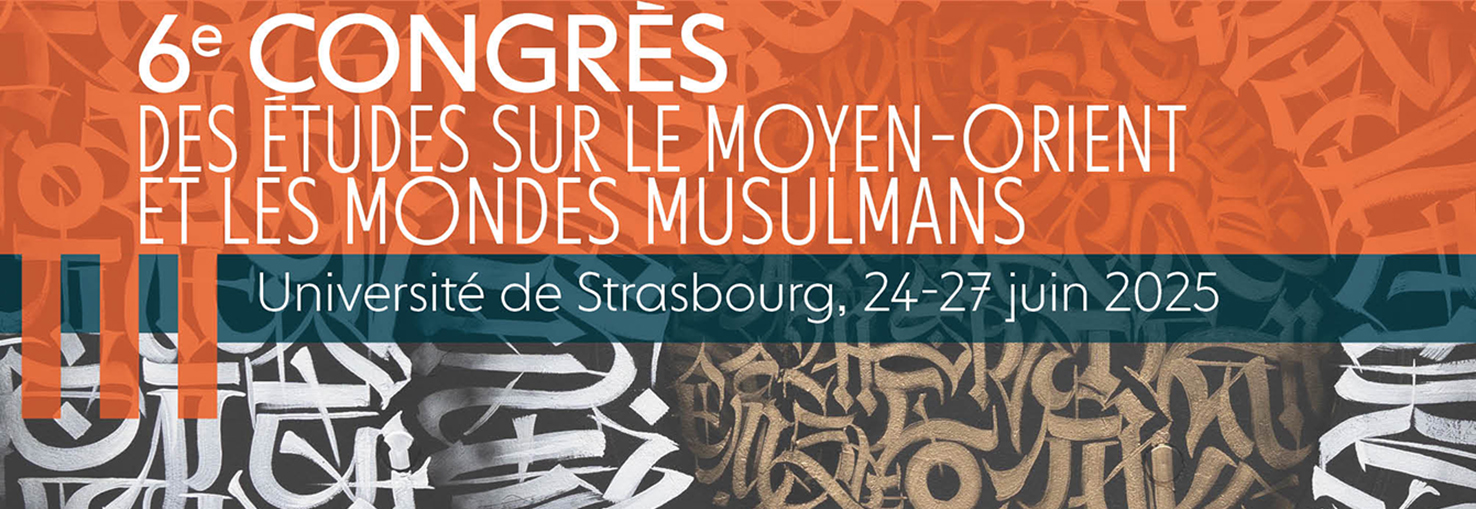Mercredi 25 juin 2025, 8h30-13h00, Salle 3201
Atelier susceptible d'être suivi en ligne : https://bbb.unistra.fr/b/ben-ong-gn1-ng3
RESPONSABLE :
Nourane Ben Azzouna (Université de Strasbourg, UMR 7044 Archimède)
INTERVENANTS DE LA PREMIÈRE PARTIE :
Nadia Ali (Aix-Marseille Université, IREMAM) : Monothéismes et cultures visuelles en Arabie : Une révolution avant l'islam
Before Islam: The monotheistic turn in the visual arts of late Antique Arabia
Maroussia Bednarkiewicz (IE University, Madrid) : Muslims' use, misuse and disuse of images in the Hadith literature
Mattia Guidetti (University of Bologna) : Trees between living beings and inanimate things in discussions on images during the early Islamic period
Ali Asgar H. Alibhai (University of Texas, Dallas, Edith O'Donnell Institute of Art History) : Licensing the imaginaire: Analyzing Fatimid jurisprudence and the permissibility of image-making in the 10th–12th century
DISCUTANTE :
Nourane Ben Azzouna
INTERVENANTS DE LA DEUXIÈME PARTIE :
The depiction of birds in the Umayyad period: The case of the Dome of the Rock
The figured image in the religious space between the forbidden and integration: Reused figured capitals at the Zitouna Mosque
The khamsa (“hand of Fatima”) under the Almohads



